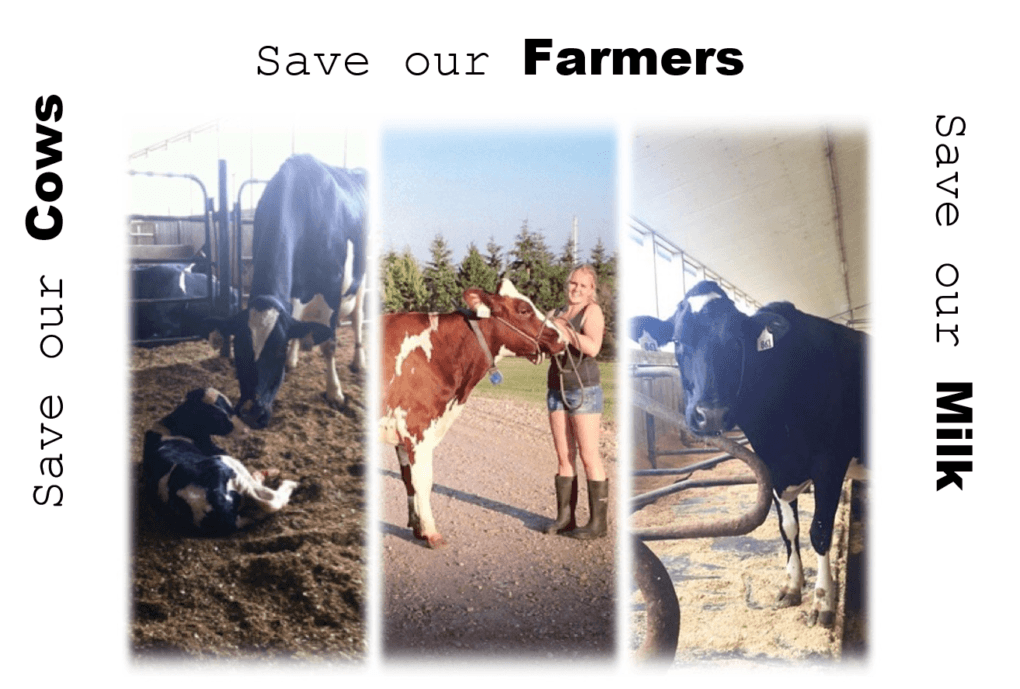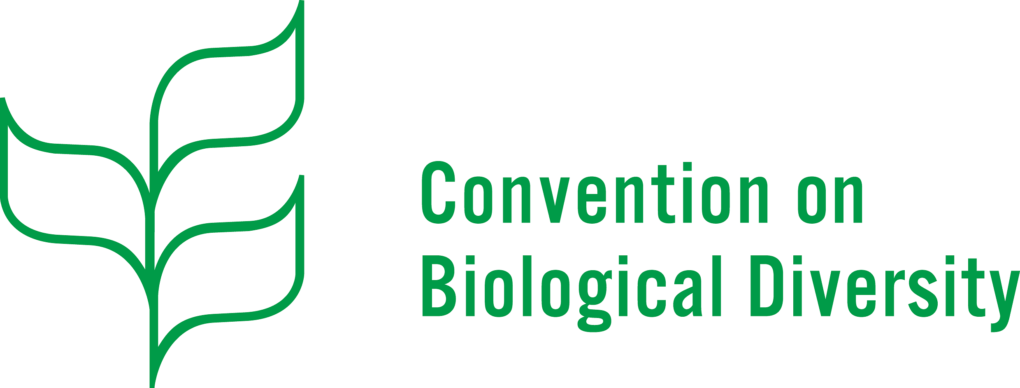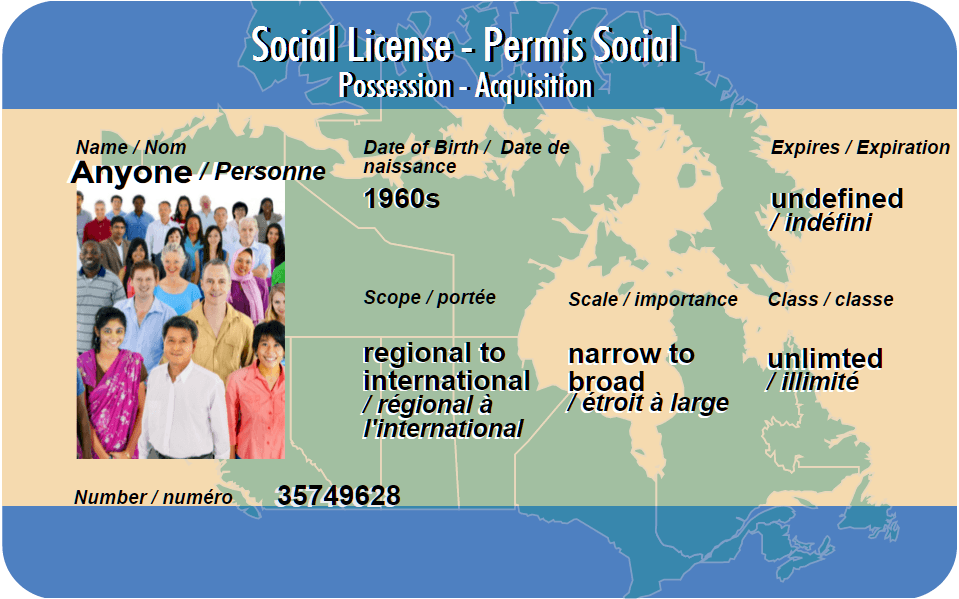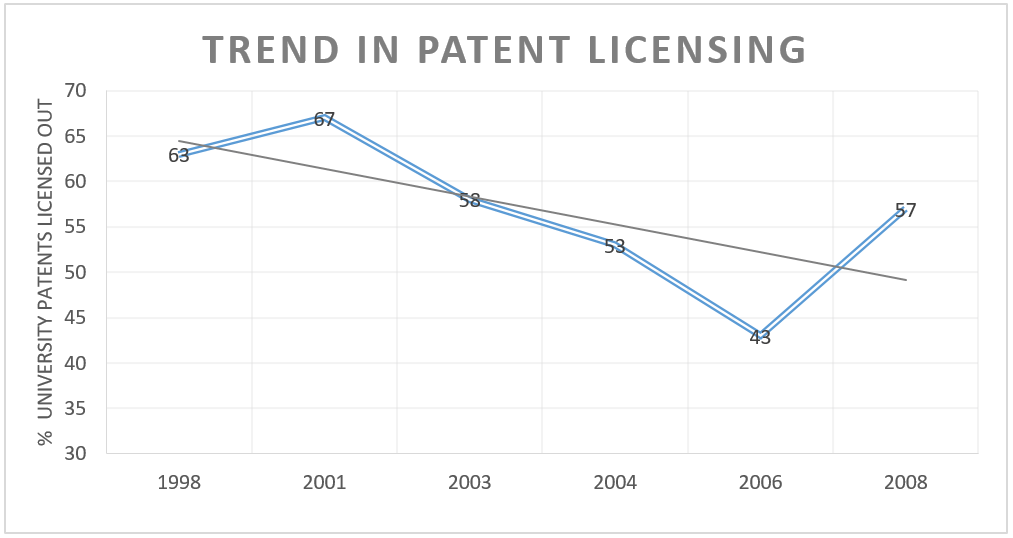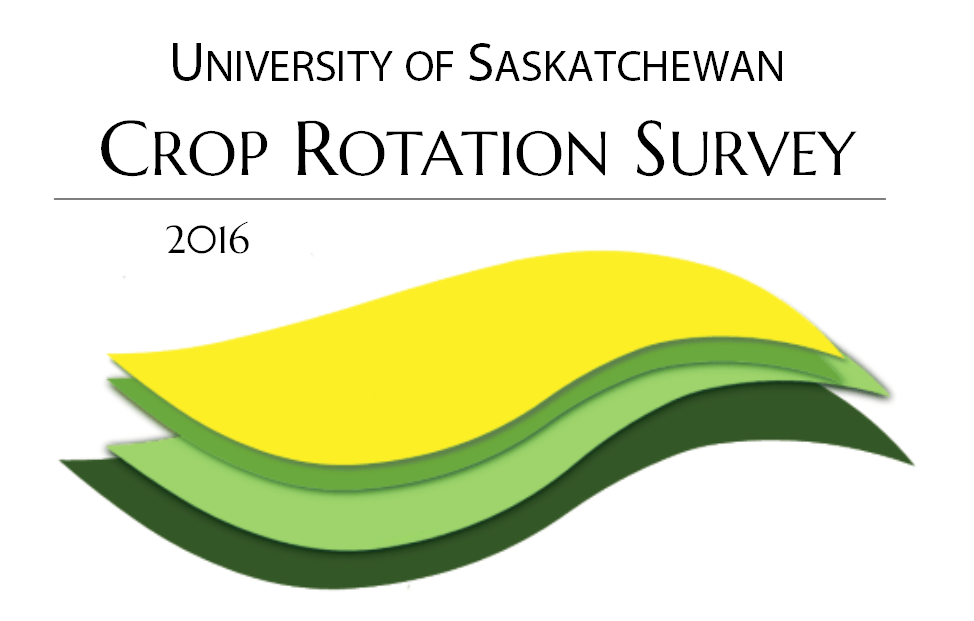Golden Rice Delays result in 8500 child deaths every single day
Genetically modified (GM) food debates continue to dominate social media in North America, showing no signs of slowing down. In fact, the debate is becoming even more aggressive with accusations being hurled widely. Discussions over conventional, GM and organic food choices is a first world luxury for individuals in food secure countries like Canada and the United States, which don’t typically have to worry about where their next meal might come from.
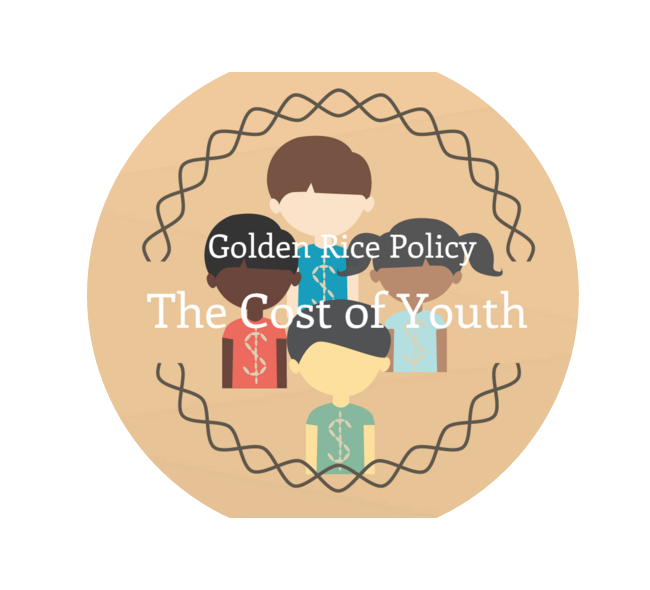 Food innovation is considerably more serious when regulatory delays in developing countries are discussed. It is life and death serious! One GM crop that has become very contentious with anti-GM crop groups is Golden Rice. This variety of rice, developed in 2000, is fortified with vitamin A. Its consumption can prevent blindness and even death. The World Health Organization estimates that between 250,000 to 500,000 children under the age of 5 go blind each year from vitamin A deficiency. Further research estimates that 3.1 million under the age of 5 die every year from vitamin A and zinc deficiencies. Golden Rice was developed over 15 years ago to combat such issues, yet it has not been commercialized in any country due to regulation delays.
Food innovation is considerably more serious when regulatory delays in developing countries are discussed. It is life and death serious! One GM crop that has become very contentious with anti-GM crop groups is Golden Rice. This variety of rice, developed in 2000, is fortified with vitamin A. Its consumption can prevent blindness and even death. The World Health Organization estimates that between 250,000 to 500,000 children under the age of 5 go blind each year from vitamin A deficiency. Further research estimates that 3.1 million under the age of 5 die every year from vitamin A and zinc deficiencies. Golden Rice was developed over 15 years ago to combat such issues, yet it has not been commercialized in any country due to regulation delays.
The Food and Agriculture Organization has estimated that 30% of daily energy requirements in India come from rice consumption. Two friends of mine, Justus Wesseler and David Zilberman, have researched the cost and lost health benefits of Golden Rice regulatory delay in India. Although India could consider approving Golden Rice for human consumption, requests for field tests of Golden Rice have been denied by the Indian government since 2002. Field tests are how product information is gathered to approve crop varieties. This indicates that the Indian government has little to no interest in gathering their own research on this variety.
Wesseler and Zilberman have calculated that this delay in approving Golden Rice from 2002 to 2012 costs the Indian economy US$200 million per year due to higher healthcare costs. While this figure is dramatic, it pales in comparison to the estimated disease implications of an estimated 140,000 cases of unnecessary blindness per year. This is the equivalence of the entire population of Hartford, Connecticut or Pasadena, California going blind every year.
While the majority of North Americans and Europeans enjoy an abundance of food in our affluent lifestyles, when the costs of food insecurity are measured by childhood illness and death, the costs of regulatory delays take on an entirely new meaning. Too often, we believe that there is no cost to not making a decision, but the reality is that the cost of not deciding might actually be the most expensive choice we can make. Between 2002 and 2012, when the research was conducted, 1.4 million children under the age of 5 in India became blind. This is the real cost of indecision.



